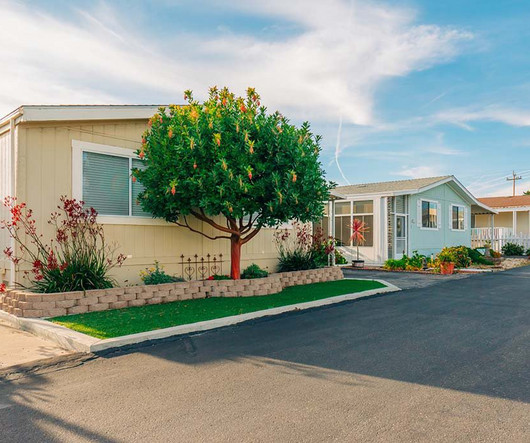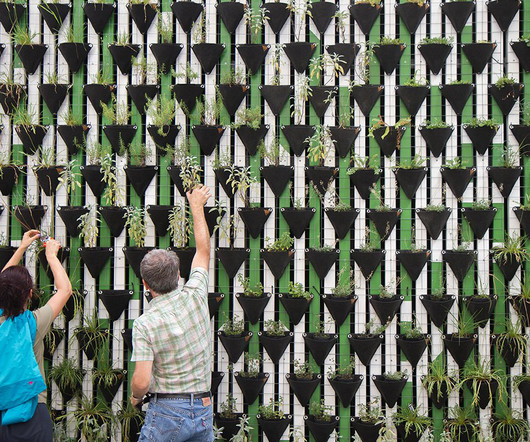How Guarantees Can Advance Community Development and Racial Equity
NonProfit Quarterly
JUNE 14, 2023
While many foundations screen their endowment investments based on environmental, social, and governance factors, only a few optimize their investment strategies for mission impact. From inception, the pool was centered on community development financing activities and emphasized racial, gender, and economic equity.















Let's personalize your content